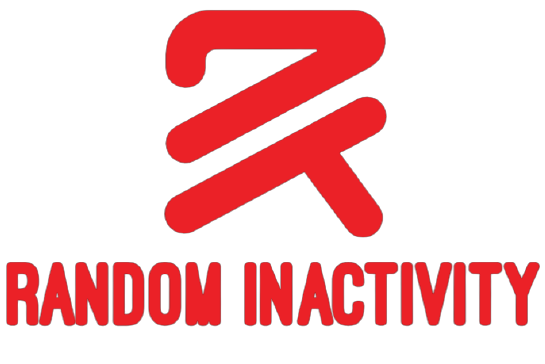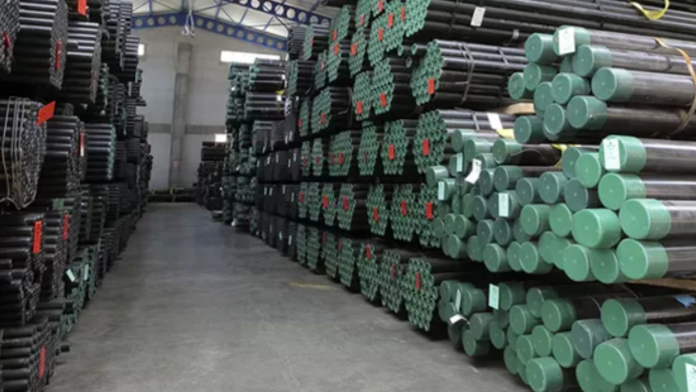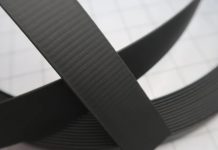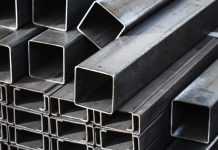Steel coils are used to create Electric Resistance Welded (ERW) pipes, which have a parallel weld seam for a sturdy and dependable construction. It is the perfect option for large-scale production because of its particular manufacturing technique, which is quick and effective, especially for smaller diameter sections up to 660mm.
As a UNIACERO customer, you stand to gain from erw pipe exceptional and dependable performance as they have established a solid reputation in the global transportation of oil, natural gas, and other vapor-liquid commodities. Their crucial importance in the transportation industry is further highlighted by their resistance to both high and low pressures.
ERW Pipe’s Benefits and Drawbacks
Steel pipes known as Electric Resistance Welded (ERW) pipes are made by rolling metal and then welding it longitudinally along its length. The following are some benefits and drawbacks of ERW pipes:
Advantages of ERW Pipes:
Economical Production:
The affordability of ERW pipes during production is one of their main benefits. Pipes are formed from flat steel sheets during the manufacturing process, and then they are welded together using electric resistance. Compared to previous approaches, this procedure is comparatively easier, which lowers production costs. Consequently, ERW pipes are a cost-effective option for projects with limited funding.
Elevated Rates of Production:
The continuous shaping and welding process enables the fabrication of ERW pipes at high rates. Because of their high production efficiency, ERW pipes may be quickly supplied for large-scale projects that have strict deadlines. This benefit guarantees a continuous supply of pipes, which helps to ensure that infrastructure and construction projects are completed on schedule.
Flexibility in Dimensions and Forms:
Because of their extreme versatility, ERW pipes may be made to fit a variety of application needs in a broad range of diameters and shapes. Their versatility renders them appropriate for a multitude of sectors, such as building, farming, and petroleum and gas. The adaptability of ERW pipes to various project sizes increases their usefulness.
Effortless Surface Finish:
A smooth surface finish is an essential feature of ERW pipes in applications where fluid flow is important. The inner surface is not seam-free, which reduces turbulence and facilitates the smooth and effective passage of liquids and gases. Applications like oil and water pipes benefit greatly from this smooth surface finish.
Disadvantages of ERW Pipes:
Problems with the Weld Line:
The existence of a weld line down the length of the pipe is perhaps the most obvious drawback of ERW pipes. This seam, which was created during the welding process, may eventually cause the structure to fail. ERW pipes are more prone to corrosion and cracking when they have a weld line, especially in corrosive environments or under high-stress circumstances.
Restricted Wall Thickness:
The wall thickness of ERW pipes is often limited. Although they can be used in many different contexts, this drawback may limit their application in high-pressure situations. When severe pressure or stress is expected, thicker-walled pipes are frequently needed, and ERW pipes have difficulties because of this restriction.
Possibility of Flaws:
There is a chance that ERW pipes will have inclusions, porosity, or a lack of fusion due to the welding process. The possibility of these flaws remains despite improvements in quality control procedures and manufacturing technologies. The mechanical qualities of the pipes may be jeopardized by these flaws, calling for strict quality control procedures.
Not Adequate for Applications at High Temperatures:
Applications with very high temperatures might not be the best fit for ERW pipes. The heat produced during the welding process has the potential to change the pipe’s material composition, which could result in a decrease in strength and durability. To ensure optimal performance in high-temperature situations, alternate pipe production procedures could be preferred.
Finally
Although they are versatile and can be produced at a low cost, electric resistance welded (ERW) pipes are not without difficulties. Limitations in wall thickness, corrosion susceptibility, and weld line problems underscore the necessity of exercising caution when choosing ERW pipes and stress the significance of matching their application to project specifications and environmental factors.















